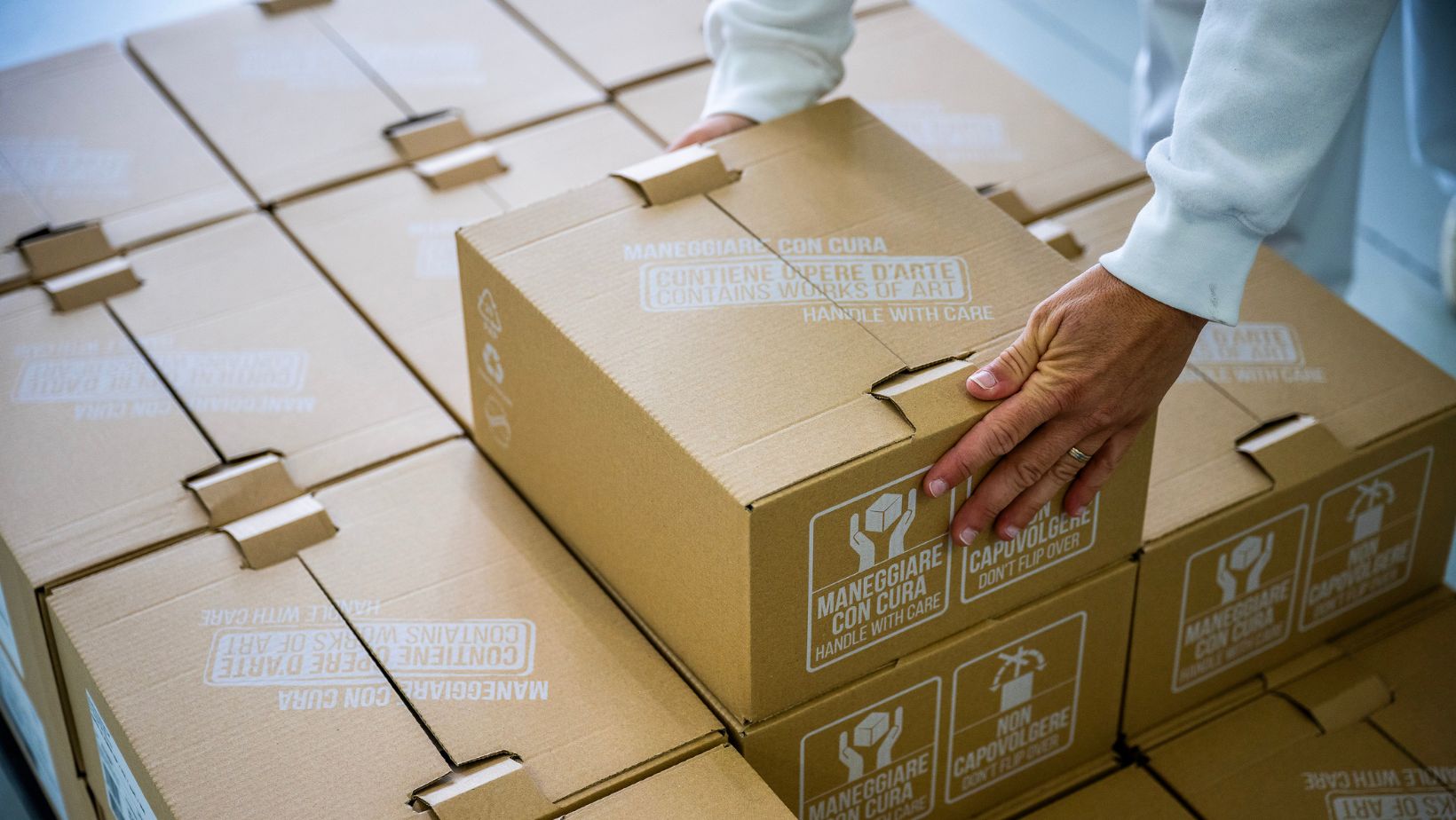Today, sustainability is a priority for both companies and consumers, who are increasingly questioning how to reduce their environmental footprint through everyday choices. One key issue is product packaging: fortunately, we now have access to compostable and biodegradable packaging, which represents a major step forward and a responsible choice.
In this context, companies like Pedrazzoli are doing their part by adopting innovative packaging solutions that protect the environment without compromising product quality.
What are compostable and biodegradable materials?
The terms “compostable” and “biodegradable” are both part of the sustainability vocabulary, but they are not synonymous.
A biodegradable material can break down naturally through the action of microorganisms such as bacteria and fungi, transforming into simpler substances like water, carbon dioxide, and biomass.
However, biodegradation has no specific timeline—it can take months, years, or even decades depending on environmental conditions, and the final material is not always inert.A compostable material, on the other hand, not only biodegrades, but does so within a relatively short period under specific composting conditions.
Compostability is a clearly defined and standardized property: according to EU standard EN 13432:2002, a compostable material must degrade by at least 90% within 90 days in an industrial composting environment and must not leave any toxic residue.
The resulting compost is inert and used as a natural, nutrient-rich fertilizer to improve soil quality.
All compostable materials are biodegradable, but not all biodegradable materials are compostable.
Benefits of biodegradable and compostable packaging
Using these types of packaging offers many advantages:
- Reduction of plastic waste and environmental impact
- Possibility of home composting for some types of packaging
- Support for the circular economy, as these materials can be returned to the natural cycle as compost
- Regulatory compliance with increasingly strict EU and national laws, especially concerning plastic packaging reduction
Companies that adopt sustainable packaging also boost their reputation and appeal to environmentally conscious consumers.
The Future of sustainable packaging
Innovations in materials are opening new possibilities for sustainable packaging.
Bioplastics derived from renewable sources such as corn starch, sugarcane, or cellulose are becoming increasingly viable alternatives to traditional plastic. These materials are biodegradable and, in some cases, even industrially compostable.
Why does Pedrazzoli choose sustainable and compostable packaging?
Pedrazzoli has always been committed to environmental issues. As a pioneer in organic salumi production in Italy (with the Primavera Bio line now over 20 years old), the company continuously seeks eco-friendly and animal-conscious solutions.
Pedrazzoli embraces a 360-degree sustainability culture, applying ecological strategies to all aspects of the business—including packaging.
They use a variety of materials, from compostable solutions to 100% recyclable mono-material plastic.
Additionally, Pedrazzoli prioritizes the use of FSC-certified paper, cardboard, and wood from responsibly managed forests.
When plastic use is unavoidable, the company opts for pure mono-material plastic, fully recyclable.
Smart Packaging: not just Sustainable, but also functional
Pedrazzoli’s packaging boxes are made from recycled corrugated cardboard, glue-free, and designed to be self-assembling.
This innovative design allows customers to easily dismantle and reassemble the box, encouraging reuse for storing other items.


